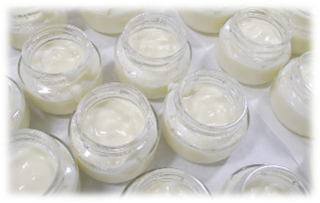
Hyaluronic acid
Valorisation Option Factsheet
Product description
Hyaluronic acid (HA) is a glycosaminoglycan, a natural and linear polymer composed of repeating disaccharide units of β-1, 3-N-acetyl glucosamine and β-1, 4-glucuronic acid with a molecular weight up to 6 million Daltons. Present in skin, bones and joints, it gives elasticity to these parts of the body. It also gives shape to the eyeball and is present in the vitreous humour. Its production and function in human body decreases with age.

Product application
According to the systems used, different qualities of hyaluronic acid can be obtained, which can be used in a variety of applications. Thus, it is used in skin regenerative cosmetics and injections in cosmetic surgery or in recovery from injury of joints. It is found in dietary supplements for joint care. It is also used in veterinary as adjunct in treatment of noninfectious synovitis and in osteoarthritis in dogs and horses.
Raw materials
Marine sources are shark cartilage and fish eyeballs. Before the rise of bovine spongiform encephalopathy, the main source of this compound was the vitreous humour and synovial fluid of joints of cattle. Rooster combs have been the other main source of HA. All these sources must now compete with biotechnological processes that produce HA.
Feasibility
Process Yield
Technology maturity
Value of Product
Potential Market
Production cost
Competing Companies






Simplified process Scheme

Citation :
Factsheet Hyaluronic acid, Author(s) : Bruno Iñarra, Carlos Bald, Marta Cebrian
Bruno Iñarra, Carlos Bald, Marta Cebrian (2017). DiscardLess WP6.2 Evaluation of the different valorisation alternatives prioritized from the technical, market, regulatory and socio-economic perspective.
http://www.discardless.eu/Valorisation_module